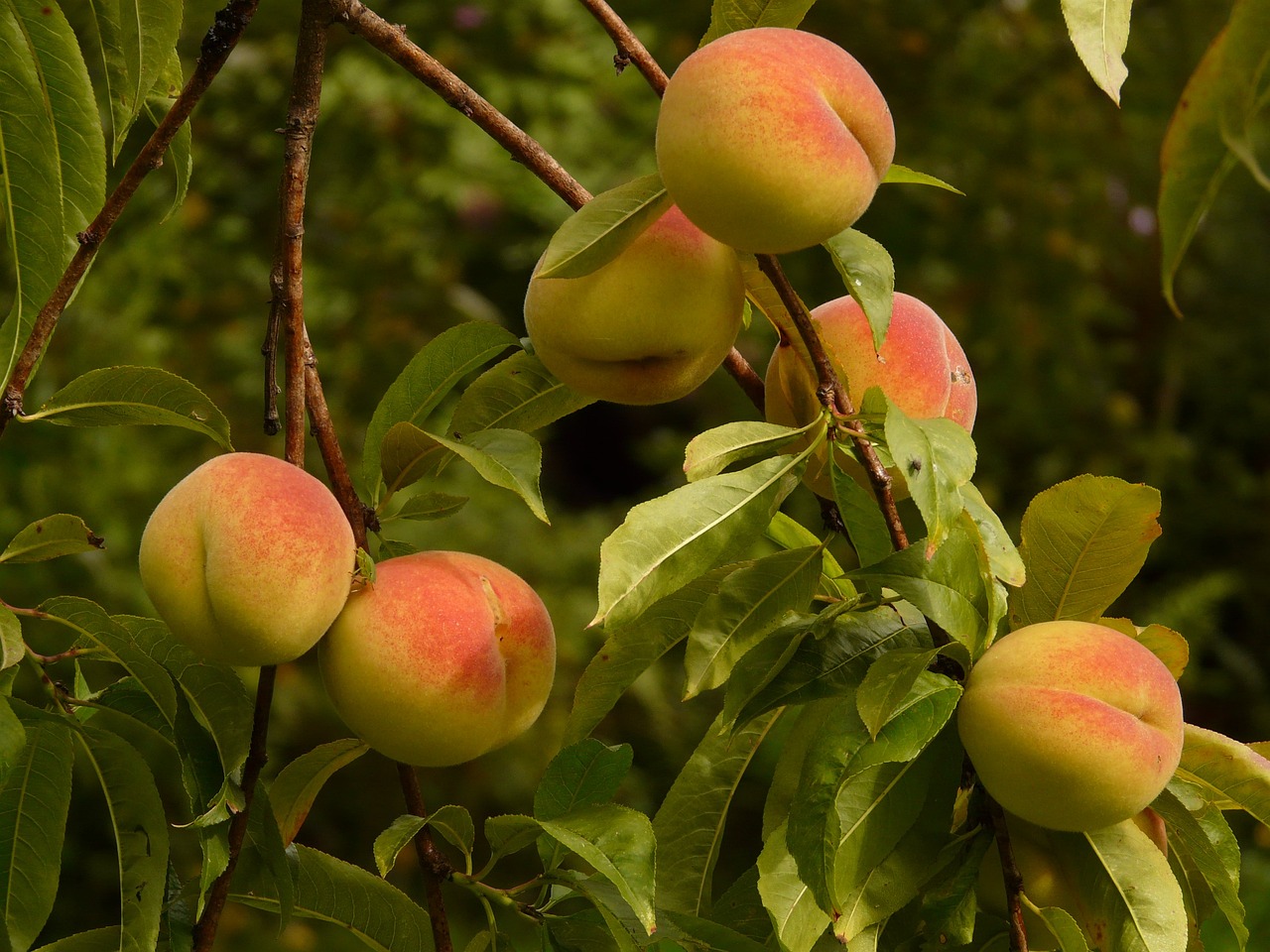No matter how much or how little one enjoys gardening, no one enjoys dealing with the mess of falling leaves. A chance to inspect a tree canopy or cut a branch, on the other hand, is frequently appreciated as a simple technique to improve the beauty and longevity of trees.
It’s Decision Time!

Think about why you want to prune. Are you trying to create a tree that will provide shade or height? Has the tree been pruned recently? Before you start, think about what you want to achieve and define your objectives.
When you prune will be influenced by your reasons for doing so. Light pruning or dead wood removal can be done at any time, but if you want to achieve bigger results, plan your pruning activity around the seasons.
For example, if you choose to pruning during the winter season, it will result in a spring growth explosion. Summer pruning can postpone the development of the cut branch, making it an excellent technique for shaping your tree or reducing the growth of unwanted branches.
Carry Out a Proper Evaluation
Take a few minutes (or hours, if you prefer) examining the size and shape of the tree and imagining how it should look when finished. Identify the key branches that form the tree’s “skeleton” and avoid removing them.
And, Complete the Following Stages

Phase 1:
Remove any branches that exhibit signs of deterioration. Broken branches, whether caused by a storm or another event, should be clipped so that the water and nutrients they’re sucking from the tree can be redistributed to healthy branches.
Phase 2:
In densely populated areas, thin out the branches. Get rid of any crossing branches, then open the plant to allow air and light to reach all parts of the plant. To thrive, trees require adequate air circulation through and around their branches. Closely spaced branches encourage fungal growth and attract more insects.
All branches that are growing inward, toward the heart of the tree should be eliminated. These add to the clutter and are unhealthy.
Phase 3:
All branches that are causing an obstruction should be eliminated. Whether it’s low branches obstructing your sidewalk or larger branches threatening your phone cables, chafing your roof, or overhanging your house. It is permissible to prune branches that are causing annoyance.
Phase 4:
Branches can be pruned to help shape the tree. If you want your tree to have a more rounded or tidy appearance, snip a few branches that appear to protrude at odd angles; just a few cuts will make a big difference.
Phase 5:
Pruning should be done as infrequently as possible. Every cut weakens the tree’s defenses and exposes it to fungal and insect infestation. Pruning should only be performed when deemed essential, and no more than 25% of a tree’s branches should be removed.
Most tropical trees require at least two-thirds of their branches to be alive in order to survive, though this varies depending on the species. Keep in mind that the trunk alone will not guarantee the tree’s survival. Taking off all of the branches causes a lot of stress for the plant.
Pruning should only be done once per season. You should only prune the tree once unless a storm breaks more branches, because the tree needs time to recover.
Extra Tips:
- Because it reduces sap loss, pruning in the late fall or early winter is less stressful for the tree. Pruning during this period is also advantageous to the tree because the “wound” you create is less likely to be infected by insects or fungus, both of which are active in the late fall and early winter.
- Even though sanitizing your pruning tools is largely pointless if you avoid cutting into cankers and clearly sick areas of trees, it is always a good idea to be cautious and clean your pruning tools with alcohol (or any other household cleanser) after each cut of a diseased tree. Before getting on to the next bush or tree, I suggest, after trimming a healthy tree, you should also wipe or dip the blades with a disinfectant-impregnated towel. Diseases can be transmitted by contaminated pruning tools and equipment.




6 thoughts on “An Easy Guide to Pruning Trees”